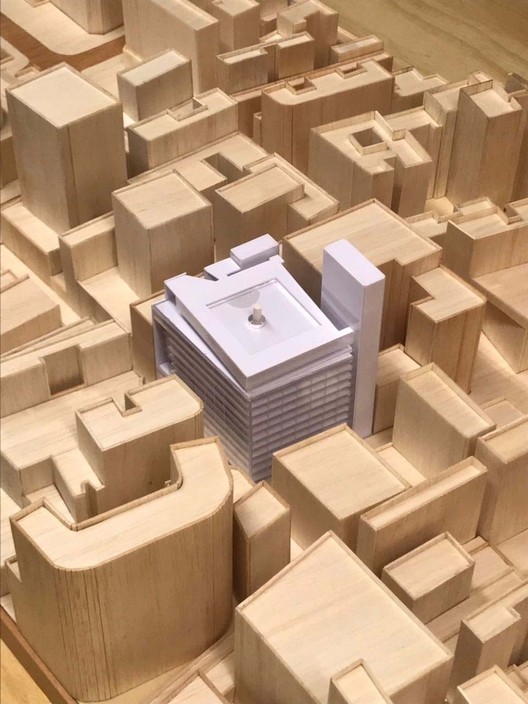
For centuries, physical modeling has been a staple of architectural education and practice. Allowing the designer and client to explore a scheme in plan, elevation, and perspective all at once, the physical model aims to simulate the spatial relationship between volumes and to understand constructive systems.
Even in an age of ultra-high quality rendering, and virtual reality, physical material models represent a beloved, tried and tested method of conveying ideas both during the design process and at presentation stage. Whether through a rapid, five-minute volumetric test of paper models, or a carefully sculpted timber construction detail, careful choice of material can greatly assist the modeling process, allowing designers to remain abstract, or test physical properties of structural systems.



































.jpg?1540151758)





.jpg?1540151529)



















